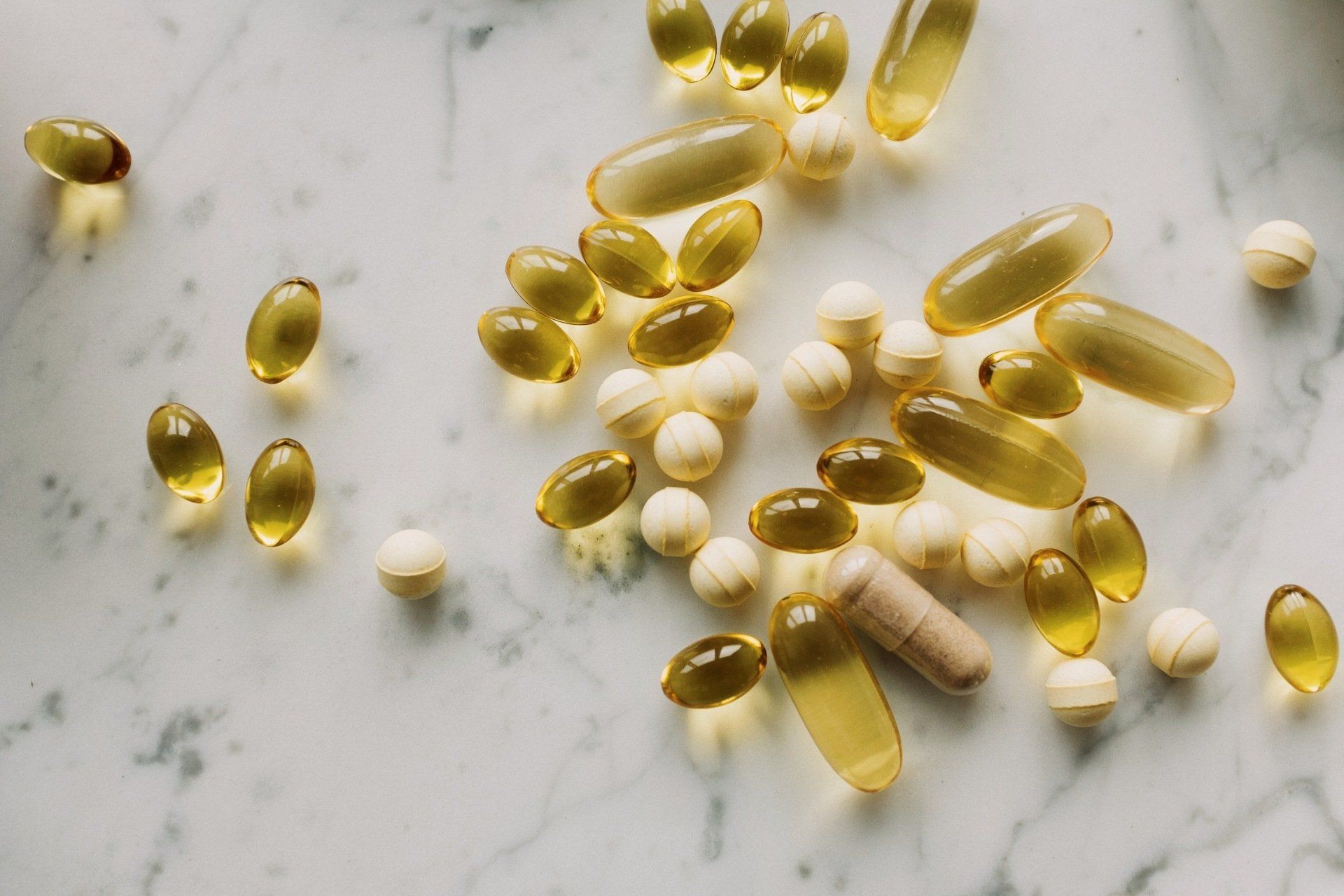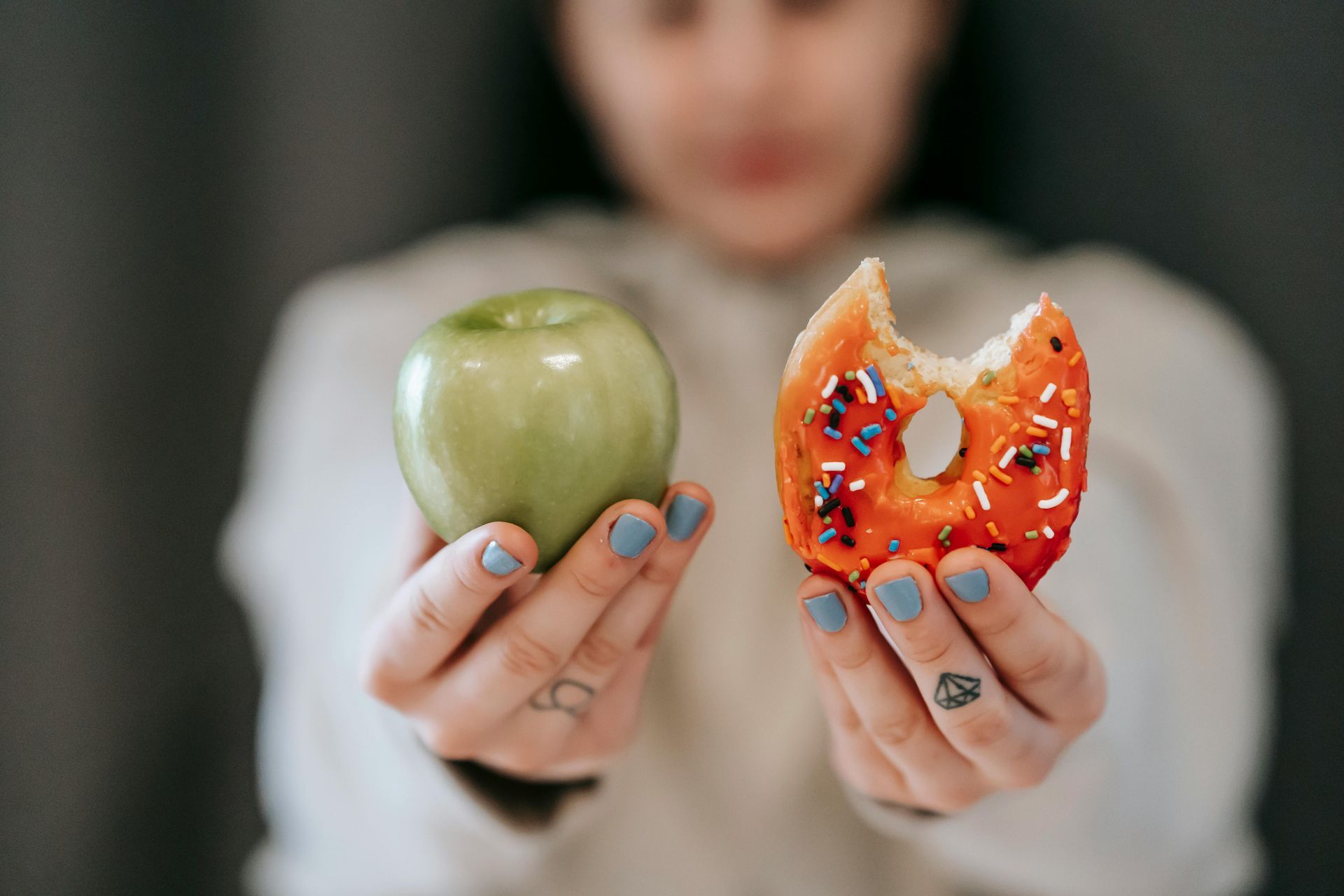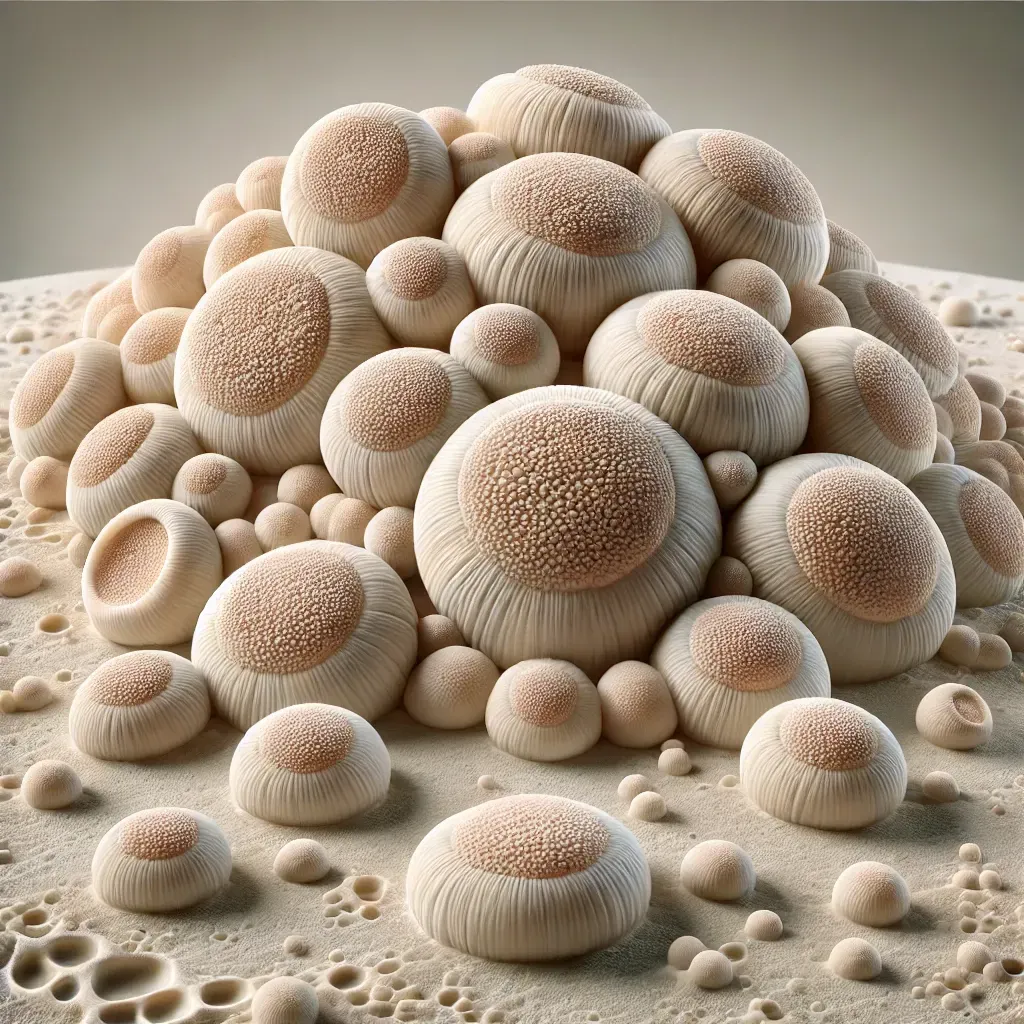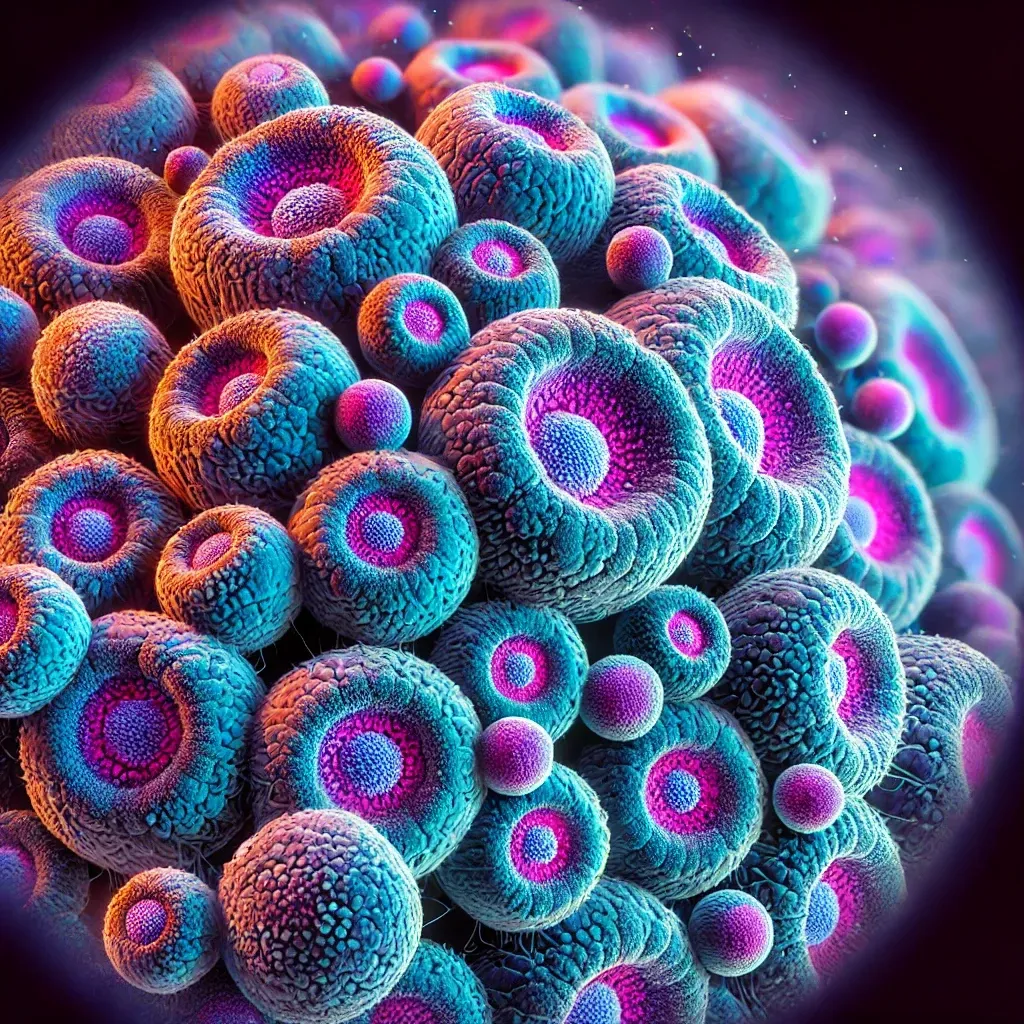The 6 Hidden Secrets of Eating Wheat
Almost everyone likes wheat. It’s in our breads, pastries, cookies, cereals, pastas, crackers and pretzels. Many of those items are either main meals or “essential” snacks for quite a few of us. I’ve heard so many people say, “I just don’t think I can give up bread or noodles.” Read on, and you might change your mind when you discover all of wheat’s hidden secrets.
Today’s wheat looks, tastes and behaves very differently from the wheat of long ago. Our farmers and engineers have worked very hard in the last 50 years to create a product that is shorter and thicker so it can support the weight of larger seed heads. This is called “dwarf wheat,” and it is not in any way a naturally occurring plant. Sure, its yield per square foot is much greater and we can feed more people more quickly by using this GE wheat, but what exactly are we feeding people?
Side Effects of Eating Wheat Products
- Creates blood sugar handling issues
- It has one of the highest values on the glycemic index -- meaning it has the ability to rapidly convert into blood sugar, faster than almost any other food.
- The body has a smaller blood sugar swing if you eat two tablespoons of straight up sugar, or even a whole bunch of candy bars, than if you eat two slices of wheat toast.
- Can lead to a metabolic syndrome (diabetes, obesity, etc.).
- Leads to weight gain
- Wheat settles in around the midsection and thighs of the body (visceral fat). This is the hardest fat to get rid of.
- Produces gastrointestinal issues
- Wheat is high in lectins. Lectins attack sugar molecules, and your digestive system is coated with sugar-containing cells that help digest food.
- Common GI issues include: upset stomach, irritable bowels, bloating, leaky gut
- Paves the path for autoimmune disorders
- The buildup of visceral fat triggers chronic inflammation and hormone imbalance.
- Creates a bodily attack response to gluten (more on this below).
- Can activate Zonulin in the body, leading to intestinal permeability (AKA leaky gut). Leaky gut is OFTEN a precursor to autoimmune diseases. Go here to read more on Leaky Gut.
- Addiction
- Wheat’s components stimulate the narcotic centers in the brain, the same place opioids bind, creating feelings of euphoria.
- It exposes the brain to exorphins, basically triggering a drug-like addictive response that makes us want more.
- In studies on wheat intake, people often exhibit cravings, addition and withdrawal symptoms.
- Increases the effects of aging
Wheat Is Full of Gluten
Our bodies were not designed with the ability to process gluten. The gluten content in our modern wheat is nearly 50 times greater than the naturally occurring wheat of our ancestors. Additionally, if wheat is high in lectins, gluten is even worse. And if both wheat and gluten have lectins, your body is in for a doozy when you eat wheat products.
Lectins are the natural defense system for plants. They help fight mold and disease so the plant can thrive. The problem when we eat lectins (via wheat!) is that they do the same thing in the body. They put up a fight, and they refuse to let themselves be digested easily. That throws the body into fight mode, but the body’s immune system is not as strong as the lectins. Thus lectins begin to build up when more of them are consumed, and your body works harder and harder to get rid of them, focusing so much energy on the fight that it forgets to help out the rest of its systems.
An example of a constant lectin-body fight is joint pain. Many people resort to taking a glucosamine supplement or a daily over the counter pain reliever to provide relief from their chronic pain. Glucosamine does help! It seeks out the lectins and binds itself with them before they can do more damage to our system. HOWEVER, those suffering with chronic joint pain could truly benefit from a lectin-free diet (no wheat and no gluten).
Going Wheat/Gluten Free
- Avoid foods with the following on the label:
- Wheat
- Durum
- Semolina
- Bulgur
- Barley
- Rye
- Spelt
- Kamut
- Oat
Avoid these foods all together, unless you make them yourself with gluten-free ingredients:
- Breaded chicken and fish
- Brewer’s yeast
- Soy sauce
- Gravies
- Soup (most are made with flour)
- Sauces and dressings
- Meatballs
- Sausage
- Couscous
- Ice cream containing dough or cookies
- Salad dressings
- Vinegars made from grain
- Spice mixes
- Flavored salts (Mrs. Dash)
- Malted milkshakes
- Non-dairy creamer
- Smoke flavoring
- MSG
- Hydrolyzed protein
- Modified food starch
- Artificial color and natural flavoring
Beware of specifically labeled gluten-free products:
Just because it says gluten free doesn’t mean it will be good for you. You still have to read the labels. Many gluten-free products contain starches (potato, rice, tapioca) that are just as harmful to blood sugar levels as gluten. They can also cause cross reactivity when consumed in place of gluten and cause the same immune response as gliadin (the protein molecule found in wheat).
Some safe gluten free brands tend to include:
- Pamela’s
- Tinkyada
- Glutino
- Rudi’s
- Udi’s
Once you decide to go wheat/gluten free, it takes about six months for the body to completely clear out its system. Many people who eliminate gluten find that they don’t crave it after awhile, and they only eat when they are hungry, not because they “just need to eat.” They also really like seeing the positive and obvious changes in their body including weight loss and overall sense of feeling better.
If this sounds like the you that you want to be, stop waiting. I can help you get started on a better path toward your health. Contact me for a Health Discovery Session today!
Don't Miss Out!

Heidi Toy Functional Medicine Blog

Omega-3 and Omega-6 are considered “essential” fatty acids because they cannot be produced by the body--we get them from the food we eat. They are biologically active upon ingestion, which means the body utilizes them right away and cannot store them up for later. They are essential because they help with both inflammatory and anti-inflammatory responses.

One of the reasons fad diets often fail is because they are not sustainable. The other reason is because they usually harm different systems in the body as much as they are meant to help. As with all health issues, when it comes to diet, everything should be in moderation. The following five diet points all involve TOO much of a “good thing”:




















































































